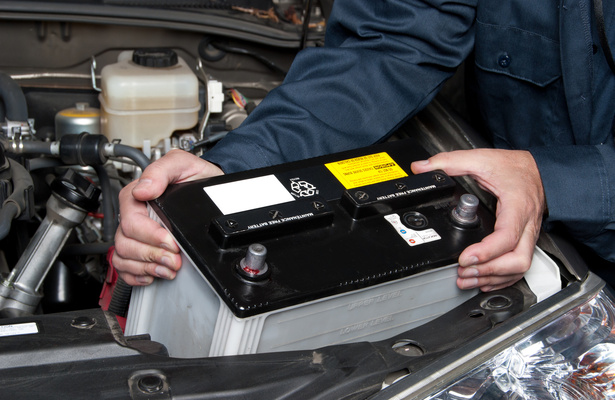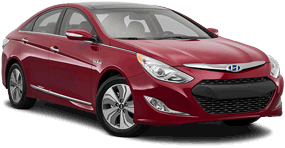One feature you’re finding on more vehicles recently is automatic start/stop. In case you’re not familiar with these systems, here’s how it works: When you bring your car to a stop, like at a stoplight or a stop sign, your car’s engine will shut off. When you let off the brake, it will fire back up so you can go on your way.
The idea behind these systems is the less time your car spends with its engine on, the less gas it will burn. This means that over time it will save you money on gasoline and reduce harmful emissions sent out into the air. That sounds well and good, but how much gas can a start/stop actually save you?
Gas Savings are Minimal and Vary Dramatically

Thomas Recke, a PR specialist for Continental Automotive, told Auto Guide that the fuel savings on average are about four percent. Continental Automotive is a supplier of start/stop systems to various automakers. Recke also said that fuel savings can fluctuate depending on the temperature outside because in some cases a car’s engine will continue to idle to run the HVAC system.

Also, a number of other variables can reduce the effectiveness of the system, including driver habits. In city driving where the system has the ability to turn the engine off frequently, it will help save more fuel. However, if the driver is continuously creeping forward and letting off the brake so the engine turns back on, there’s little chance they’ll see the four percent change in fuel consumption.
Another important thing to note is that not all start/stop systems are the same. Different automakers get start/stop systems from different suppliers and some do a better job than others. This can mean that fuel savings can vary from car to car as well. Also, the intrusiveness of the system will vary from car to car. Some vehicles turn off and on without you noticing much, while others are more noticeable. Many people turn off the noticeable ones, which eliminates any benefits they could have provided.
Other Parts and Components are More Expensive

Even if you’re thrilled with the four percent decrease in fuel consumption, you’re probably not happy about having to spend more money on other parts of the car. With start/stop systems comes the need for more advanced technology and bigger batteries. All that stopping and starting can be taxing on the starter motor and battery, so automakers have had to fit their cars with more advanced parts.
You’ll pay for these parts up front when you buy the car, but you’ll also keep paying for them anytime you need to have maintenance performed on your car. Most of these parts don’t require much maintenance, but when they do, be prepared to spend a little more than you’re used to.

Ulrich Muehleisen of Robert Bosch LLC, which is another supplier of start/stop technology, told Auto Guide that these batteries and other engine components have to undergo the same durability tests as parts used in cars without start/stop technology. That means they’ll last just as long, but you’ll still likely pay more to replace them when they do go out. It’s difficult to determine whether or not the fuel savings would make up the difference because of the numerous variables that can impact whether or not the start/stop system is really effective.


